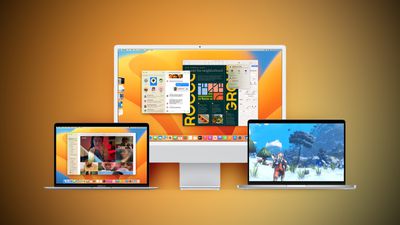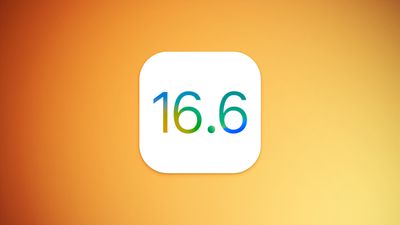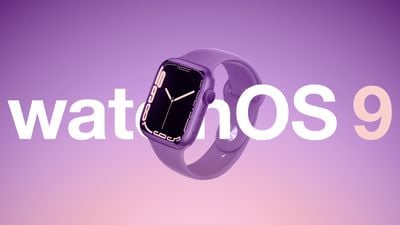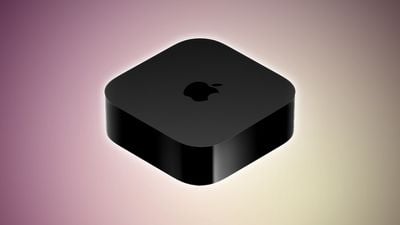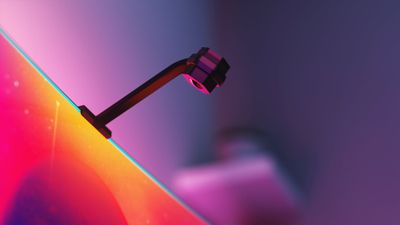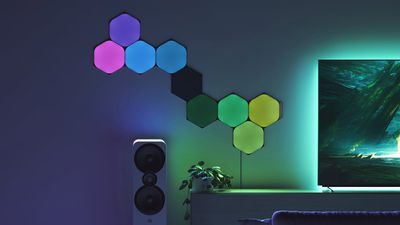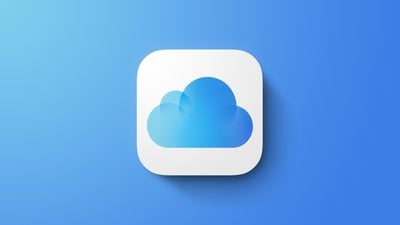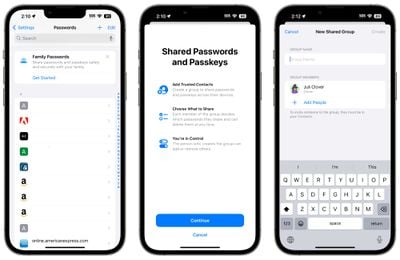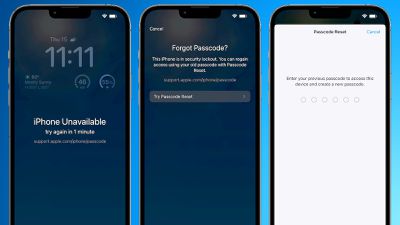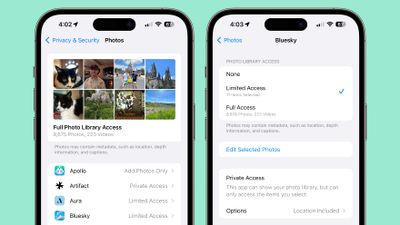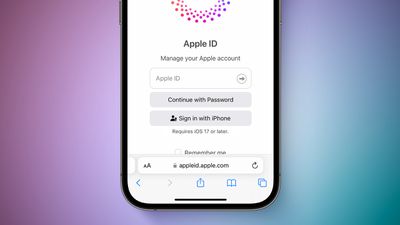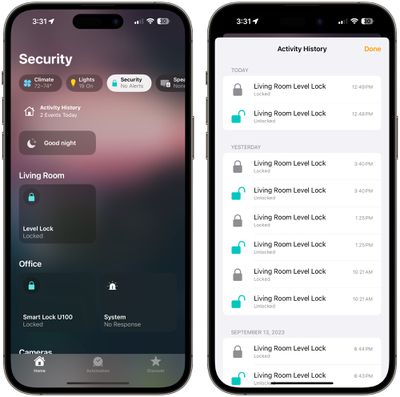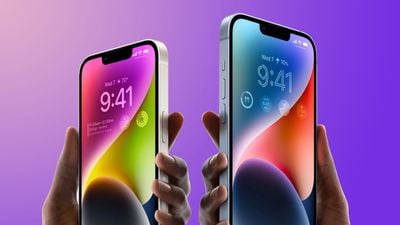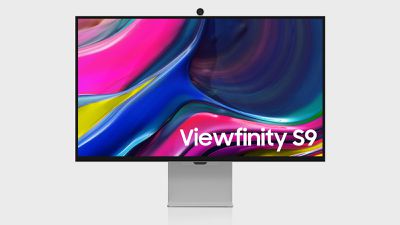We're tracking a few new deals on Anker products on Amazon today, including solid discounts on Eufy-branded Bluetooth trackers, portable power stations, MagSafe-compatible charging solutions, and more. All of these deals can be found on Amazon this week, and many of them will require you to clip an on-page coupon in order to see the discounts at the checkout screen.
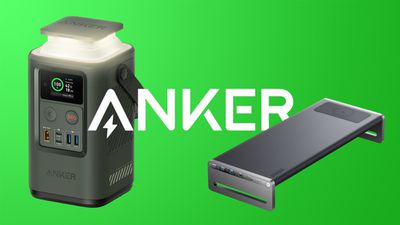 Note: MacRumors is an affiliate partner with Amazon. When you click a link and make a purchase, we may receive a small payment, which helps us keep the site running.
Note: MacRumors is an affiliate partner with Amazon. When you click a link and make a purchase, we may receive a small payment, which helps us keep the site running.
A highlight of the sale is Anker's Docking Station + Monitor Stand, which includes 12 ports and support for wireless charging. It's priced at $212.49 during this sale, down from $249.99. You can also save on a pair of 3-in-1 MagSafe Chargers, with support for iPhone, AirPods, and Apple Watch charging, starting at $116.99, down from $139.99.
Eufy's SmartTrack line of Bluetooth trackers is also still on sale this week, with 1-Pack, 2-Pack, and 4-Pack options, as well as the SmartTrack Card for $19.99. Four of these accessories have on-page coupons you will need to clip in order to see the discounts at checkout. These trackers work with Apple's Find My app and are perfect for keeping track of luggage and other necessities while traveling.
Another notable discount is on the PowerHouse 757 Portable Power Station, which is available for $899.99, down from $1,399.00. This is $50 lower than the deal price we tracked last month, and a new best-ever price on this accessory. The Power Station features a 1229Wh capacity and 1500 wattage, with six AC outlets, four USB-A ports, and two USB-C ports.
Bluetooth Trackers

- SmartTrack Link (1-Pack) - $15.99, down from $19.99
- SmartTrack Card - $19.99 with on-page coupon, down from $29.99
- SmartTrack Link (2-Pack) - $29.99 with on-page coupon, down from $35.99
- SmartTrack Link (4-Pack) - $59.99 with on-page coupon, down from $69.99
Cables and Wall Chargers
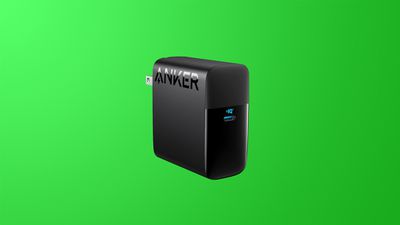
- USB-C to USB-C Cable (6ft 2-Pack) - $10.99, down from $16.99
- 100W USB-C Charger - $28.79, down from $35.99
- 100W USB-C Power Adapter (2-Port) - $34.49, down from $45.99
- Nano 65W USB-C Charger (3-Port) - $39.09 with on-page coupon, down from $55.99
- Compact Power Strip - $79.99 with on-page coupon, down from $99.99
Portable Batteries
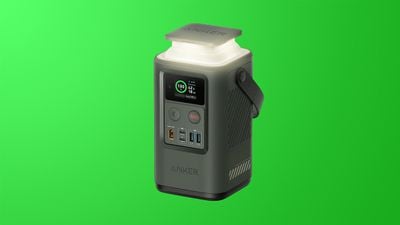
- MagGo Battery 5,000 mAh - $25.59, down from $31.99
- PowerCore 24,000 mAh with Smart Digital Display - $119.99 with on-page coupon, down from $159.99
- Power Bank 60,000 mAh with Retractable Light - $144.49 with on-page coupon, down from $169.99
- PowerHouse 757 Portable Power Station - $899.99 with on-page coupon, down from $1,399.99
- PowerHouse 767 Portable Power Station - $1,649.00 with on-page coupon, down from $2,199.00
Hubs and Charging Stations

- 7-in-1 USB-C Power Strip - $47.99 with on-page coupon, down from $65.99
- 11-in-1 USB-C Hub - $71.00, down from $99.99
- 3-in-1 Cube with MagSafe Charging - $127.46 with on-page coupon, down from $149.95
- 3-in-1 MagSafe Station - $116.99, down from $139.99
- 12-in-1 Docking Station + Monitor Stand - $212.49, down from $249.99
Bluetooth Speakers
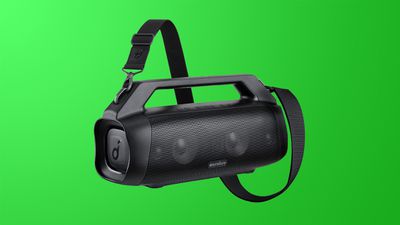
- Soundcore Motion Boom Plus - $144.99 with on-page coupon, down from $179.99
Head to our full Deals Roundup to get caught up with all of the latest deals and discounts that we've been tracking over the past week.





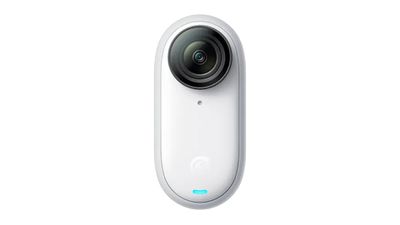
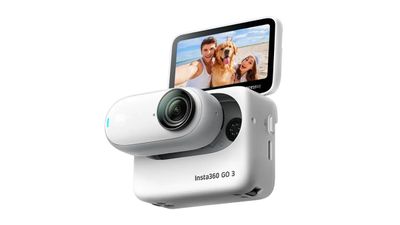

 Note: MacRumors is an affiliate partner with Verizon and Amazon. When you click a link and make a purchase, we may receive a small payment, which helps us keep the site running.
Note: MacRumors is an affiliate partner with Verizon and Amazon. When you click a link and make a purchase, we may receive a small payment, which helps us keep the site running.